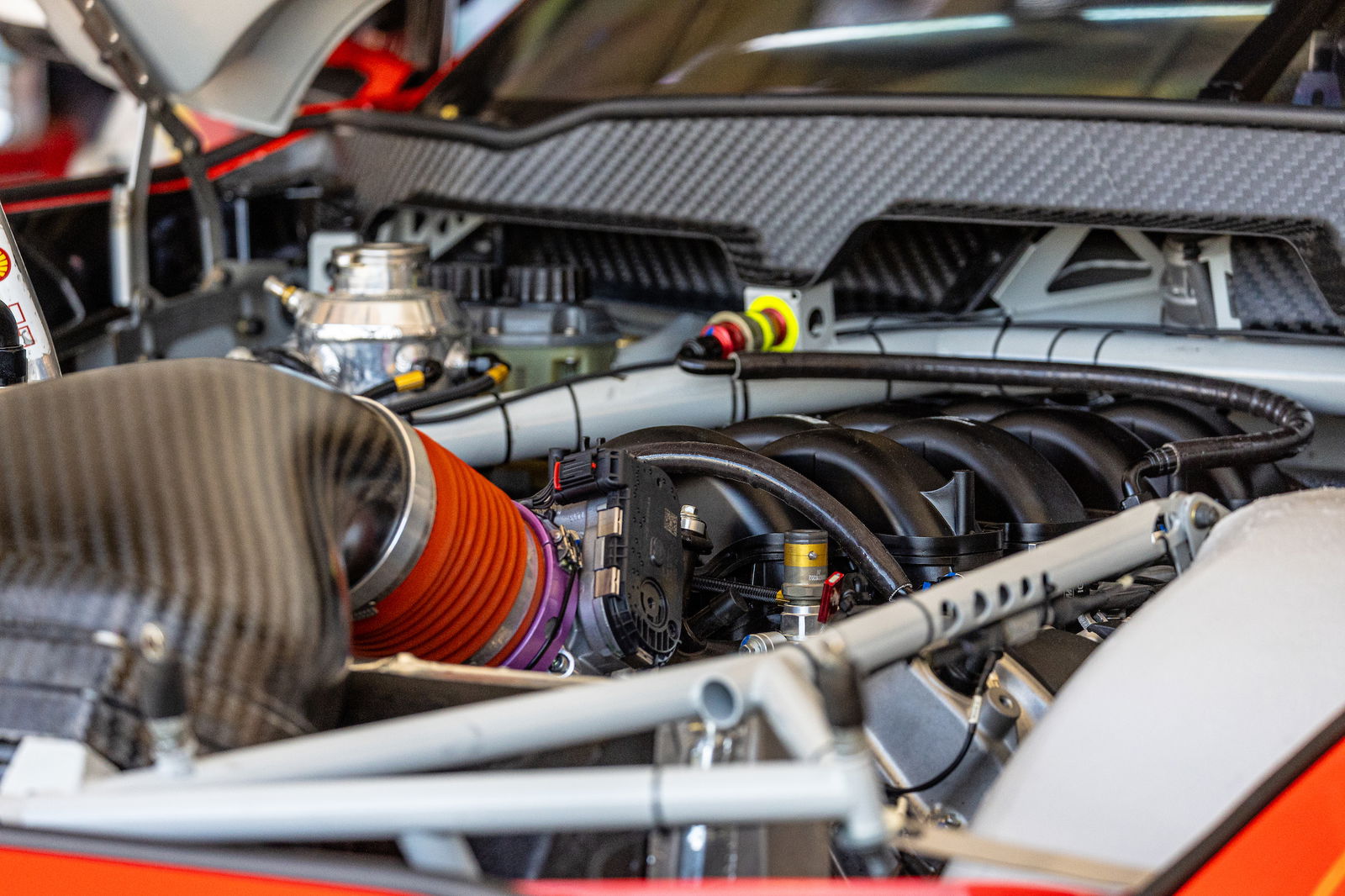

While the majority of Supercars squads tested this week across Winton and Queensland Raceway ahead of the endurance season, engine evaluations have been in full swing in Detroit, Michigan.
It’s the second phase of a two-part program on a transient dyno at AVL headquarters aimed at putting to bed concerns over engine parity that have existed since the Gen3 cars first hit the track.
Key personnel from Supercars, including motorsport manager Tim Edwards and engine chief Craig Hasted, as well as representatives from homologation teams Triple Eight and Dick Johnson Racing are currently at the US facility.
The Gen3 platform included the introduction of new engines to the category; a 5.7-litre pushrod Chevrolet and 5.4-litre, double overhead camshaft Ford.
Difficulty in matching performance from the two different engine architectures proved part of Supercars’ parity troubles last year and resulted in a commitment to the big-money AVL sessions.
Phase 1 of the program took place after the Sydney SuperSprint in late July, aimed at gathering basic information on the engines and facility.
The second session – dubbed the ‘performance test’ by Supercars – was to have begun in mid-August, before being delayed to the end of the month while a full analysis of Phase 1 took place.
Testing recommenced on August 26 and is scheduled to be completed by the end of this week.
Whether any minor calibration changes will be made to the engines before the following week’s Sandown 500 is unclear, however the main focus is the Bathurst 1000, which was the centre of the parity storm in 2023.
Ford teams expressed concern following the Bathurst 500 in February that their engine was not a match for the Chevrolet at the venue due to the altitude of Mount Panorama.
The overall parity between the Camaro and Mustang has appeared far closer this year than last, thanks to off-season aerodynamic testing at a US wind tunnel and earlier efforts on the engines.
Results have generally swung on a track-to-track basis, with debate surrounding whether that is due to the characteristics of the two packages or individual team setups.
Edwards quipped back in June when speaking about the AVL testing that having both sides complaining of being at a disadvantage is a healthy place to be.
“We are so close now,” he said. “My yardstick for measuring that is on a Friday morning I have GM teams complaining to me and on a Friday afternoon I have Ford teams complaining.
“It tells you you’re in a sweet spot when you have both sides complaining. It doesn’t make my life easy when you’ve got both sides, but we are so close now.
“There’s half a chance we’re going go (to the AVL dyno) and make zero changes…”




















Discussion about this post